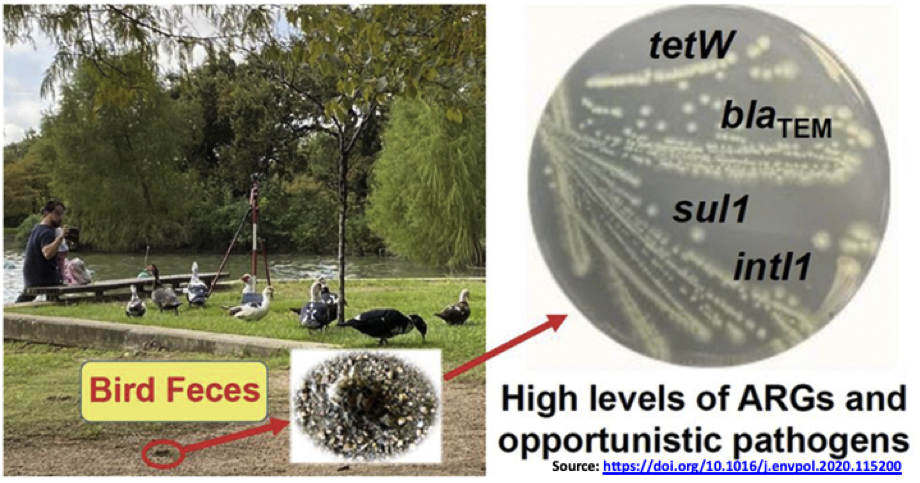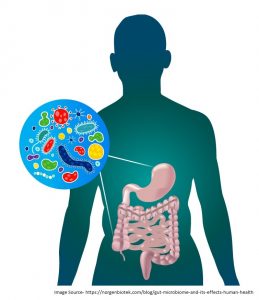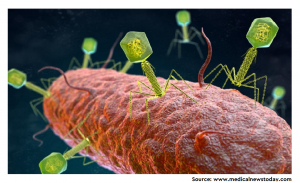The global threat of antimicrobial resistance can be contained only through the ‘One Health’ approach. This approach basically states that the human, animal, and environmental health are interconnected and the efforts to tackle ABR should be taken at all three levels. Hence, an in-depth understanding of the several routes of spread of antibiotic resistance among humans, animals, and the environment will certainly assist to effectively limit the spread of antibiotic resistance. A study led by Dr. Pingfeng Yu, a post-doctoral researcher at Rice University, Texas, USA is an excellent contribution to a similar line.
The study revealed that urban bird droppings are key players in the spread of antibiotic resistance via dissemination of the antibiotic resistance genes (ARGs) and virulence genes in the environment. The study showed an abundance of resistance genes-tetracyclines (tetW), β-lactams (bla TEM ), and sulfonamides (sul1), mobile genetic elements (intI1), antibiotic-resistant bacteria (i.e., Enterococcus spp. and Pseudomonas aeruginosa) in the urban bird feces. In brief, the study highlights the contribution of the bird feces in the spread of antimicrobial resistance, raises awareness to avoid direct contact with the feces, and suggests that regular cleanliness will help in reducing associated risk.
To read the entire article, visit the website of the Environmental pollution Journal.
Link







